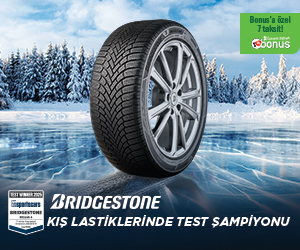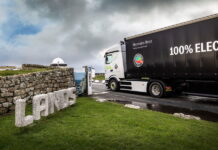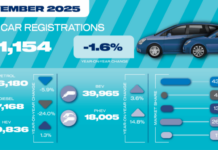
Following the spectacular European 24-hour races at the Nürburgring and Spa, the Intercontinental GT Challenge reconvenes from 12th to 14th September in Japan for the revived edition of the Suzuka 1000 km. As the penultimate round of the season, this event could prove decisive for the championship title.
Over 30 cars will compete on the iconic 5.8-kilometre circuit in Mie Prefecture, which they will navigate for 170 laps. However, all eyes will be on the BMWs of Augusto Farfus and Kelvin van der Linde. United under the same WRT team, they are separated by just two points in the standings in their fight for the seasonal victory, with only the Indianapolis race remaining after Suzuka.
The major challenges of the Suzuka 1000 km are inherent in the track’s unique figure-of-eight layout. With both clockwise and anti-clockwise sections, it tests a car’s balance and both sides of the tyres equally. Furthermore, the narrow track combines technical, twisty sections with high-speed sweeps, which together subject the tyres to continuous stress. Compounding the situation are the typically high temperatures forecast for the 14th September weekend, as well as the variable weather conditions characterised by frequent downpours.
“The return of the Suzuka 1000 km to the calendar after a five-year absence could not have happened under better auspices for the spectacle,” said Matteo Braga, Pirelli Circuit Activity Manager. “Not only will we witness a battle that could be decisive for the Intercontinental GT Challenge title, but we will also have the chance to observe the local teams and drivers in both the main race and the Japan Cup, who have shown significant and consistent growth in recent years. The characteristics of the circuit and the race format require a particularly careful tyre management strategy.”
THE TYRES FOR THE 1000 KM
All cars entered in the IGTC and the Japan Cup will have access to the new P Zero DHG tyres, which made their debut this year across all GT categories and championships, including GTWC Asia and the Japan Cup itself. The new P Zero succeeds and shares the principal characteristics of the DHF. Over its three years of service, the DHF was widely praised by teams and drivers for its versatility and reliability in all conditions, and for providing a solid foundation for the development of the SRO’s Balance of Performance (BoP) system.
The main innovations of the new P Zero, which equips the premier GT class, concern the materials. The entire range for GT cars carries the Forest Stewardship Council (FSC)1 logo. This indicates that all the natural rubber used in the tyres2 comes from plantations that are managed to ensure biodiversity, as well as benefiting the people who live and work in these areas. This stringent FSC certification process ensures that all certified material is kept separate from that which is not certified throughout the supply chain from the plantation to the tyre manufacturer.
1. Pirelli tyres (FSCN003618) are FSC-certified as MIX Natural Rubber. This shows that they are manufactured from a combination of natural and synthetic rubber, conforming with FSC ADVICE-40-004-15.
2. The equivalent of 17 percent of the total weight of the tyre

























